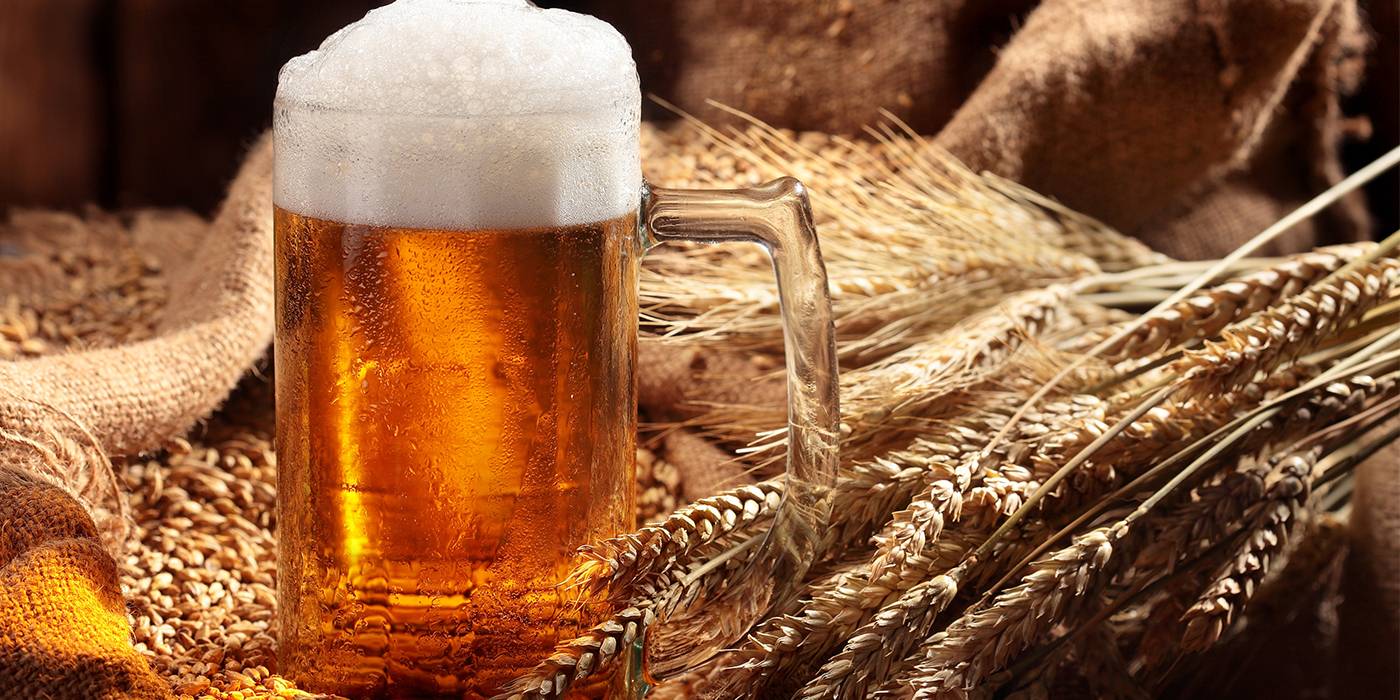Malt: The foundation of all good beer

Julio Cerezo - Beer Sommelier
Director of Sabeer Beer Academy
Of the four fundamental ingredients of beer, namely water, malted cereal, hops and yeast, malt is for many the foundations on which the rest of the ingredients are supported.
Water dilutes the sugars in the cereal to make beer the liquid it is; the hops set off the sweetness of those sugars with its bitterness, and the yeast metabolises to produce the alcohol content and carbonation.
Owing to the importance of this brewing ingredient, we firstly need to define that malt is a cereal subjected to high temperatures and moisture levels for a given period of time so that it germinates, before drying it out and sometimes roasting it too.
We therefore talk about malted barley, malted wheat or malted rye, although we nearly always simplify it and just call it malt, leading to the common belief that malt is another kind of cereal.
In brewing, the most commonly used malt is undoubtedly malted barley, although in most cases it is mixed with other cereals, although in lower proportions, which may be malted or not.And that brings us to the question: Why malt barley instead of using it as it is harvested?
The reason for this is to get the most out of the cereal during the fermentation process, and to do this we need the starch in the grain to convert into sugars that the yeast can metabolise, thus creating carbonic gas and alcohol. Consequently, and in general terms, the higher the concentration of sugar in the must, the more alcohol there will be in the beer.
On the other hand, the roast of the cereal, which is sometimes used to finish off the malting process, gives us lighter, milder or darker malts. The first are the so-called “base malts” and are a part of all recipes because of their high fermenting power, conferring fragrances and flavours reminiscent of freshly baked bread. Roasted malts are usually added in lower proportions, and apart from conferring amber and copper colours to the beer, they also give it a slightly caramel taste, reminiscent of dried fruit. Finally, dark malts are those that give stout its dark colour, with hints of coffee, cocoa or liquorice.

Depending on the malted cereal, other flavours, fragrances and textures on the palate can be brought out. Malted wheat tends to confer fresher touches to beer, because of its acidity, and it also helps to give structure to the head, whereas rye is more rustic and spicier, and oat gives beer that creamy feeling in the mouth.
If you would like to try some of these beers with malty nuances, here are some suggestions that you will be able to find on our shelves on your journey of discovery:
San Miguel Selecta (6,2%) > A combination of malted cereals with a roasted, slightly caramel taste, that is well-balanced in the mouth and moderately bitter.
Ámbar Export (7,0%) > Its amber colour with reddish tones suggests a taste of roasted cereal, rounded off on the palate with a good body and intense flavour.
Guinness Draught (4,2%) > Roasted malt gives this Irish stout its characteristic black colour and hints reminiscent of coffee.
Cheers!
What do you think about?
Share comments, opinions and tricks with the Community







